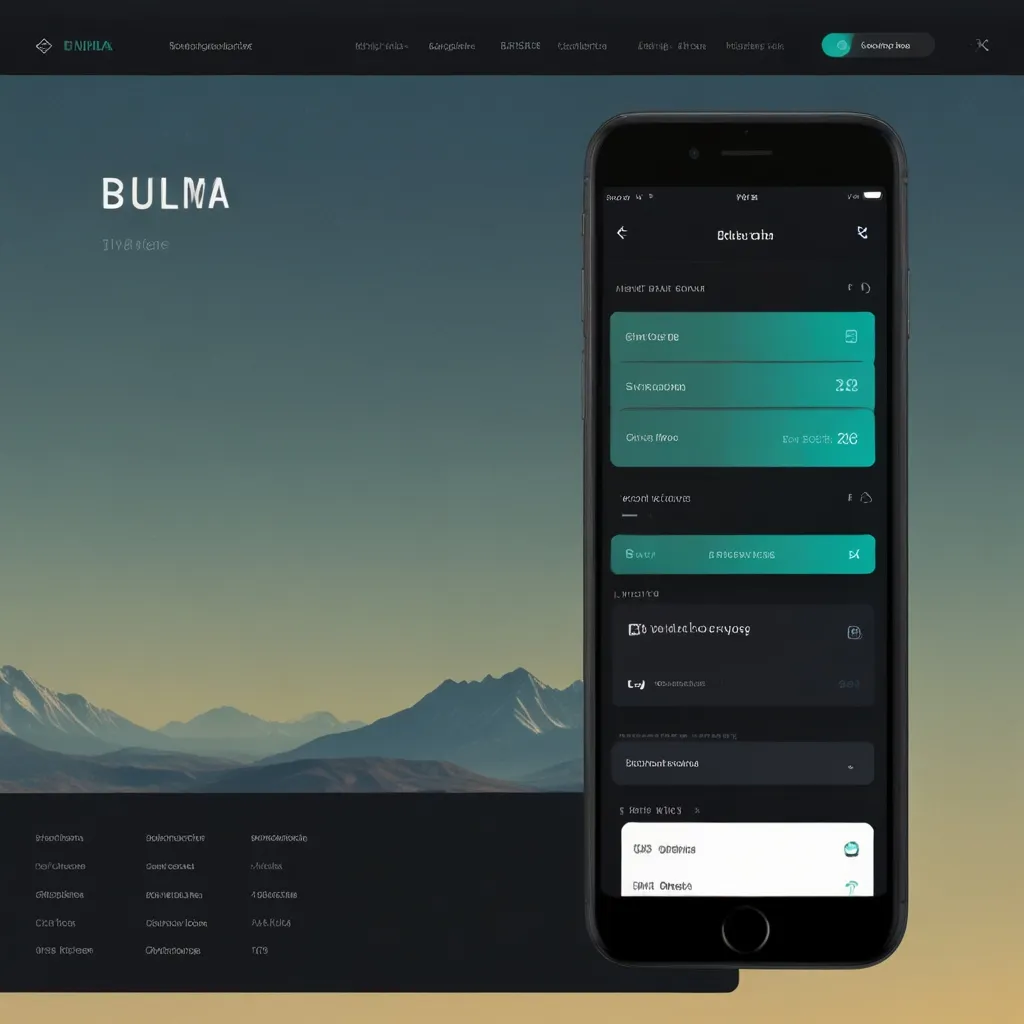When diving into the world of databases in Golang, one of your go-to tools should definitely be GORM. This Object-Relational Mapping (ORM) framework is like the secret sauce that simplifies your database interactions by letting you handle your data using Go objects. The result? Cleaner, more readable, and definitely easier-to-maintain code.
So, why exactly is GORM the favorite among Golang developers? Let’s break it down.
First off, GORM lets you interact with databases using functions instead of raw SQL queries. This function-based approach is a game-changer because it abstracts away the details of SQL sessions and transactions. You don’t need to worry about the nitty-gritty of SQL—you get to focus on writing your application logic, and GORM handles the dirty work.
Secondly, GORM makes synchronizing table schemas and ORM models a breeze. This is super handy during database migrations. You can update your tables and models separately, ensuring your application and database changes don’t step on each other’s toes. Your development and operations teams can make changes independently until everything falls into place.
One of the reasons GORM stands out is its user-friendly API. Simple methods like db.First(&user) or db.AutoMigrate(&User{}) make it super intuitive. It’s no wonder why developers love working with GORM; it feels natural, and it’s not a hassle to learn.
Getting started with GORM isn’t rocket science either. You just need to set up your Go environment and install a couple of packages. To install GORM, pop open your terminal and run:
go get -u gorm.io/gorm
go get -u gorm.io/driver/postgres
Next, let’s set up your PostgreSQL database. Here’s a quick snippet to get you connected:
import (
"gorm.io/driver/postgres"
"gorm.io/gorm"
)
func main() {
dsn := "host=localhost user=gorm password=gorm dbname=gorm port=5432 sslmode=disable"
db, err := gorm.Open(postgres.Open(dsn), &gorm.Config{})
if err != nil {
panic("failed to connect database")
}
// Migrate the schema
db.AutoMigrate(&User{})
}
Defining your data tables in GORM is as simple as creating Go structs. Take this User struct, for instance:
type User struct {
gorm.Model
Name string
Email string `gorm:"unique"`
}
CRUD operations (that’s Create, Read, Update, Delete) are super straightforward in GORM. To create a record, you just use the Create method:
user := User{Name: "John Doe", Email: "[email protected]"}
db.Create(&user)
Reading from the database is also a snap. Use methods like First, Find, or Take to fetch your data:
var user User
db.First(&user)
Updating a record? Simple. Just use the Update method:
db.Model(&user).Update("Name", "Jane Doe")
And for deleting a record, you’ve got the Delete method:
db.Delete(&user)
But GORM doesn’t stop at basic CRUD operations. It’s loaded with advanced features too.
Associations in GORM make managing related data a piece of cake. You can define relationships like has one, has many, belongs to, and many to many. For example:
type User struct {
gorm.Model
Name string
Email string `gorm:"unique"`
Orders []Order
}
type Order struct {
gorm.Model
UserID uint
User User
Total float64
}
Another cool feature is hooks. GORM offers hooks for actions before and after create, save, update, and delete operations. This allows you to add custom logic at these critical junctures:
func (u *User) BeforeCreate(tx *gorm.DB) (err error) {
// Perform some logic before creating the user
return
}
GORM even supports transactions, vital for maintaining data integrity. Here’s a basic transaction:
tx := db.Begin()
defer func() {
if r := recover(); r != nil {
tx.Rollback()
panic(r)
}
}()
if err := tx.Create(&user).Error; err != nil {
tx.Rollback()
return
}
tx.Commit()
And let’s not forget testing your GORM-powered code. Unit testing is essential to keep your application bulletproof. You’ll need a test database, and you can also mock database connections for more intricate tests. Running your tests against a real database, though, often gives you the most reliable results.
Here’s a quick example of a unit test for GORM:
func TestGetUser(t *testing.T) {
dsn := "host=localhost user=gorm password=gorm dbname=gorm_test port=5432 sslmode=disable"
db, err := gorm.Open(postgres.Open(dsn), &gorm.Config{})
if err != nil {
t.Fatal(err)
}
defer db.Close()
// Create test data
user := User{Name: "Test User", Email: "[email protected]"}
db.Create(&user)
// Test the function
var result User
db.First(&result)
if result.Name != user.Name {
t.Errorf("expected %s, got %s", user.Name, result.Name)
}
}
For even more control, you can use GORM with version-controlled databases like Dolt. Dolt adds a layer of versioning to your database schema, making it perfect for managing schema changes and migrations. You can create branches for your database schema, similar to Git branches. This setup lets you test different schema versions independently. Plus, GORM’s code generation feature can help keep your Go models and database schema in sync.
Bottom line, if you’re a Golang developer dealing with databases, GORM is a tool you can’t afford to overlook. Its intuitive API, feature-rich platform, and simplicity make it a powerhouse for managing database interactions. Whether you’re performing basic CRUD operations or diving into advanced features like associations and transactions, GORM will simplify the process and help you write cleaner, more maintainable code. Focus more on building your app and less on the database nitty-gritty by integrating GORM into your workflow.






